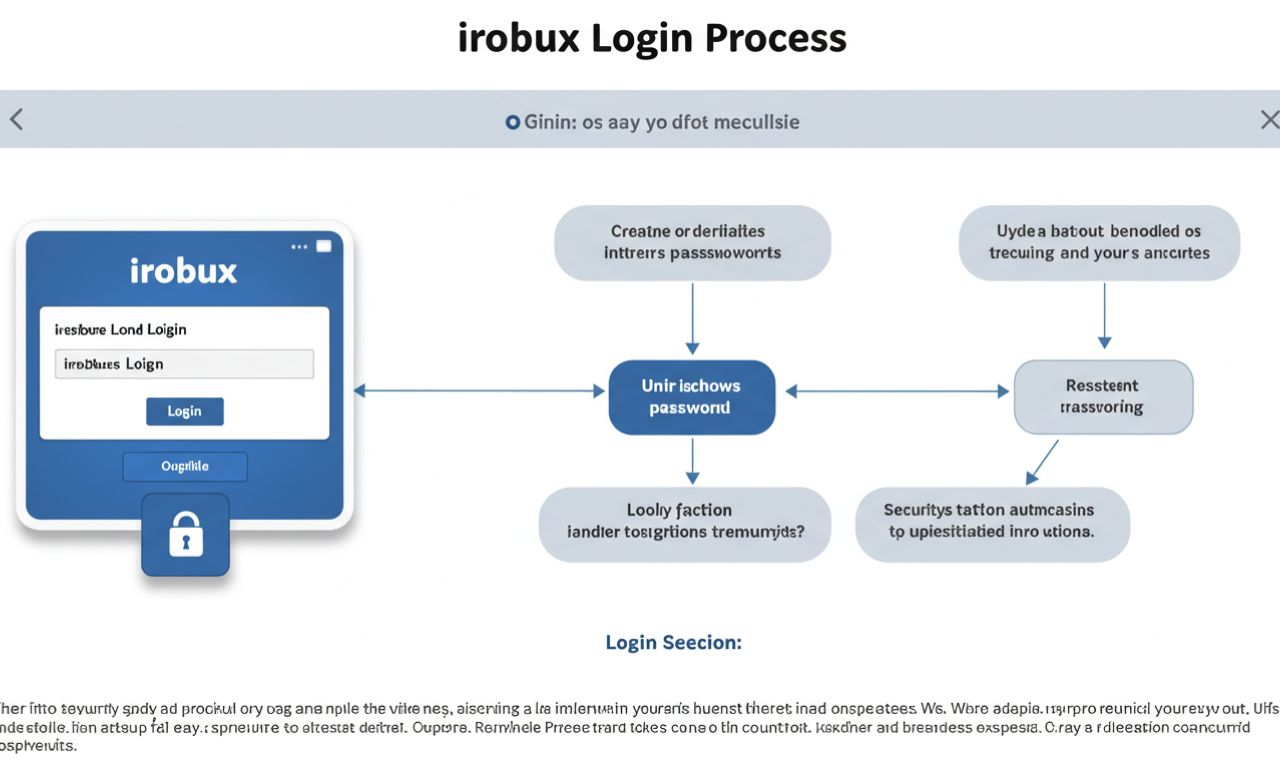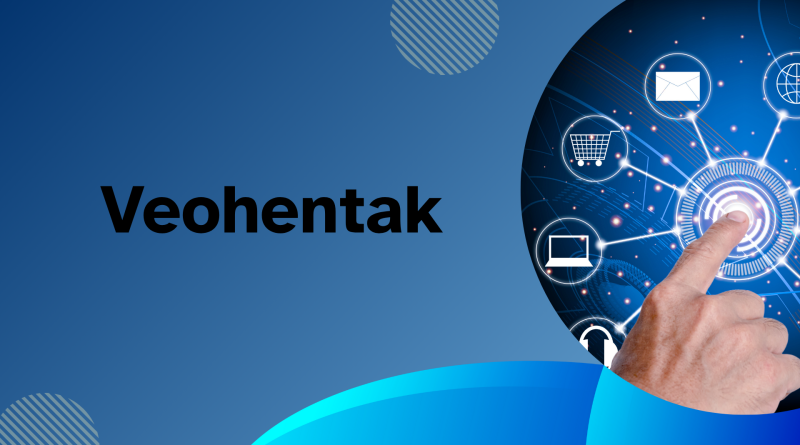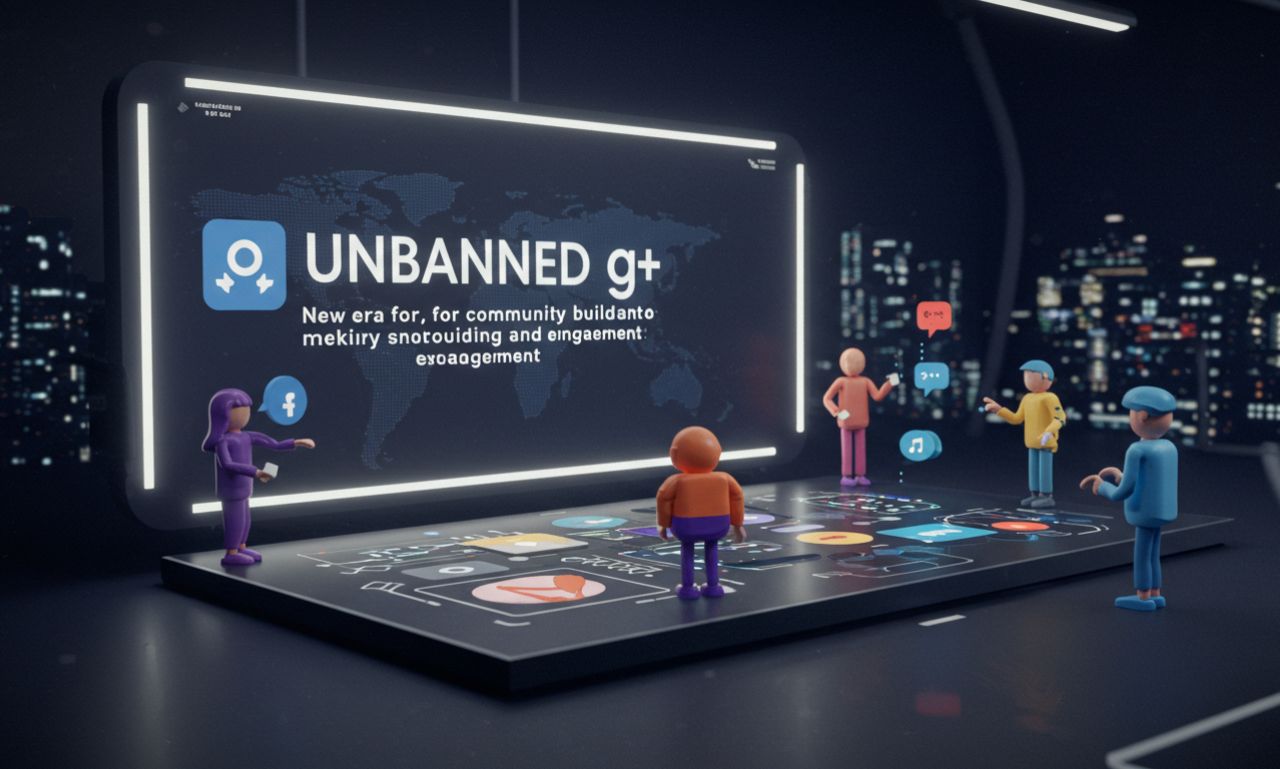Studying abroad is an adventure, but balancing new cultures, academic demands, and evolving classroom dynamics can be overwhelming. Today’s international students mastering hybrid learning models that blend in-person classes with online coursework. This changes brings both unique challenges and exciting opportunities.
Hybrid learning can empower international students to manage their time better, build global connections, and adapt seamlessly to different teaching styles. But success doesn’t happen by accident. It requires the right mindset, smart strategies, and practical support systems.
In this blog, we’ll explore how international students can survive and truly thrive in hybrid learning environments, unlocking their full academic and personal potential along the way.
The Evolution of Global Education: Understanding Hybrid Learning Models
Hybrid learning has evolved from emergency remote teaching to sophisticated educational models that thoughtfully blend synchronous and asynchronous components. These models offer international students unprecedented flexibility while maintaining academic rigor.
A systematic review found that hybrid learning promoted student autonomy and increased student satisfaction and grades. However, results differed across studies depending on factors like the participants involved and delivery methods.
Behind every effective hybrid learning experience is a robust technological infrastructure. From learning management systems to virtual reality simulations, these tools create bridges between distant students and their educational communities.
As you prepare to navigate the technical aspects of hybrid learning, ensuring reliable connectivity becomes essential. With many universities adopting hybrid learning models, students now juggle on-campus classes and virtual lessons while exploring this vibrant country.
For instance, Japan has become a top destination for international students seeking world-class education and a unique cultural experience. To thrive in such a setting, staying connected is crucial for attending online lectures, submitting assignments, and keeping in touch with family back home. That’s why choosing the best esim for japan can make a big difference.
A reliable eSIM ensures seamless internet access anywhere in the country, helping students focus on their studies without worrying about connectivity issues. By combining strong digital tools with proactive time management, international students can fully embrace hybrid learning and make the most of their academic journey.
Essential Digital Tools for International Student Success
The right digital toolkit can transform your hybrid learning experience from frustrating to fulfilling. These essential resources help bridge geographical divides while creating seamless educational experiences.
Multilingual Learning Management Systems
Today’s learning platforms increasingly support multiple languages and cultural preferences. Look for systems that allow interface language changes and offer translation capabilities for course materials to reduce cognitive load when studying in your second or third language.
Time Zone-Friendly Communication Tools
For international students, time zone differences present unique challenges. Tools that automatically convert meeting times to your local time, offer asynchronous discussion options, and provide recording capabilities for missed sessions become invaluable assets.
Cloud Storage and Document Collaboration Solutions
Digital collaboration tools eliminate many traditional barriers to international student participation. Cloud storage solutions ensure you never lose access to important materials, while collaborative document systems allow real-time project work with peers across continents.
Navigating Time Zone Challenges in Hybrid Learning
Time zone differences can make or break the hybrid learning experience for international students. Strategic approaches to this challenge can transform a potential obstacle into a manageable aspect of your educational journey.
Creating Your Cross-Continental Schedule
Building a personalized schedule that accommodates both your local time and course requirements takes planning and creativity. Start by mapping all synchronous sessions to your local time, then build study blocks and personal time around these fixed points.
Negotiating With Professors
Many instructors are willing to accommodate international students’ unique time challenges if approached professionally. Don’t wait until you’re struggling – communicate early about specific sessions that occur during your sleeping hours and propose alternative participation methods.
Making Asynchronous Learning Work for You
For classes that fall at impossible hours, developing strong asynchronous learning strategies becomes crucial. This involves more than just watching recordings – it requires active engagement through posted comments, follow-up questions, and connecting with classmates who attended live.
Building Cross-Cultural Connections in a Hybrid Environment
The hybrid format presents both challenges and opportunities for building meaningful relationships across cultural boundaries. With thoughtful approaches, you can create strong connections despite physical distance.
Digital platforms can facilitate connections that might be intimidating in person. Join virtual study groups, student organizations, and informal social events to expand your network beyond your immediate physical location.
Effective cross-cultural study groups require attention to communication styles, time zone coordination, and cultural differences in educational approaches. When forming groups, explicitly discuss these factors to establish shared expectations.
For hybrid programs with some in-person components, strategically using this time for relationship building pays dividends. Prioritize activities that benefit from physical presence, like networking events, instructor office hours, and collaborative projects.
Developing Self-Management Skills for Hybrid Learning Success
The flexibility of hybrid learning demands exceptional self-management abilities. For international students, developing these skills isn’t optional, it’s essential for success.
Structured Routines Across Learning Modalities
Creating daily structures that accommodate both online and in-person learning components helps maintain momentum regardless of where learning happens. Establish consistent wake times, dedicated study locations, and transition rituals between different types of learning activities.
Accountability Systems for International Students
Distance from campus and cultural adjustments can make accountability challenging. Develop systems using digital tools, peer check-ins, or regular progress reports to maintain focus despite these challenges.
Productivity Methods for Multilingual Learners
Learning in a non-native language requires specialized productivity approaches. Allow extra time for reading comprehension, consider recording lectures for later review, and use language learning tools alongside course materials to strengthen understanding.
Your Hybrid Learning Journey: Next Steps
Thriving as an international student in hybrid learning environments requires intentionality, adaptability, and resourcefulness. By implementing the strategies outlined in this guide, you’ll transform potential obstacles into opportunities for growth.
Remember that mastering hybrid learning isn’t just about academic success, it’s about developing valuable adaptability skills that employers increasingly value. The challenges of hybrid learning for students today become the professional advantages of tomorrow.
As you continue adapting to hybrid education models, focus on progress rather than perfection. Each semester brings new opportunities to refine your approach and discover what works best for your unique circumstances.
Common Questions About Thriving in Hybrid Education
How can I stay connected with classmates when we’re rarely in the same physical space?
Create intentional connection points through virtual coffee chats, study sessions, and collaborative projects. Using messaging apps for casual conversations alongside formal learning platforms helps build relationships that extend beyond coursework.
How do I manage technology failures during important online sessions?
Always have backup plans, including secondary internet options (like mobile hotspots), alternative devices, and contact information for technical support. Communicate with instructors about potential issues before they occur.
What’s the best way to approach professors about time zone accommodations?
Be specific about challenges, propose solutions rather than just highlighting problems, and demonstrate your commitment to course learning outcomes. Most professors appreciate proactive communication and reasonable accommodation requests.










